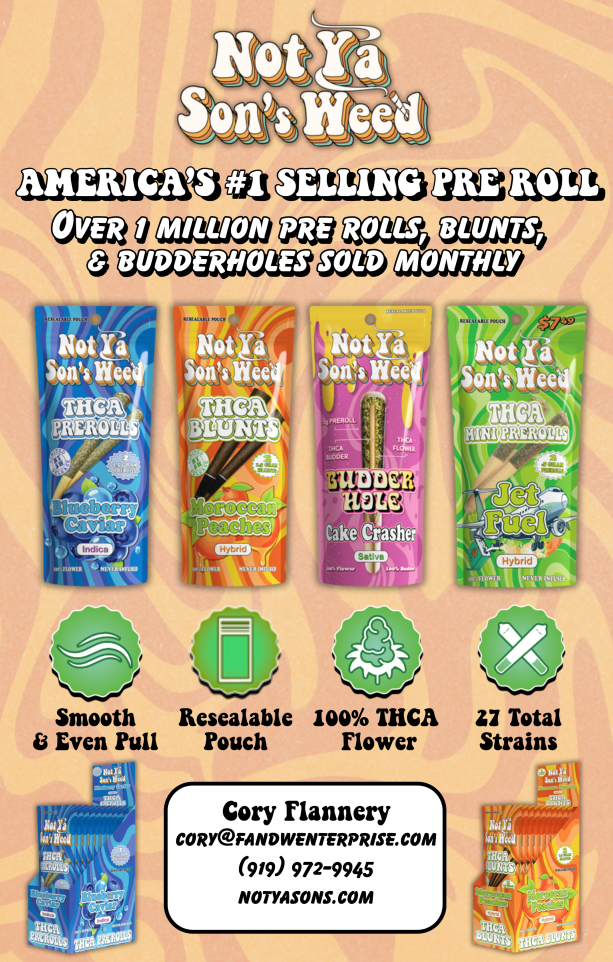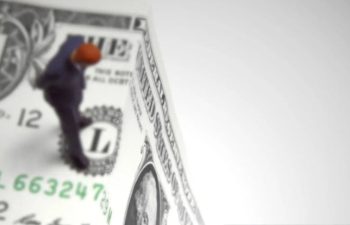In the early days, we bought flower based on two metrics: THC percentage and the vague promise of either indica or sativa. It was like ordering wine based on alcohol content and whether the label showed a beach or a mountain. We’ve come a long way.
Today, consumers – and by extension, retailers – are paying closer attention to terpenes, those aromatic, flavor-packed compounds responsible for how cannabis smells, tastes, and maybe even how it makes you feel. But there’s still a lot of confusion on what exactly is doing the heavy lifting.
If you’re in the business of selling cannabis and not talking about terpenes, you might be missing an opportunity. Not just to educate customers, but to differentiate your brand in a maturing market that’s moving beyond the buzzwords and towards something more useful than “that one’s fire.”
THC Isn’t the Whole Story
Cannabis contains over 140 identified terpenes, each contributing to the plant’s aroma, flavor, and possibly even its therapeutic effects. But they’re not just for show. Terpenes are naturally occurring chemical compounds found in plants (and some animals, but let’s stay focused). They’re what give lavender its calming scent and pine trees their foresty bite. In cannabis, they’re what give one strain a citrus punch and another that infamous diesel stank. Cannabis just happens to be especially terpene-rich – and not by accident. Terpenes evolved to help plants survive – warding off predators, attracting pollinators, and protecting against environmental stress. And while cannabis didn’t invent terpenes, you could argue that it is putting them to the best use.
Terpenes don’t just make weed smell like lemon cake or diesel-soaked berries; they may work in synergy with cannabinoids to influence the overall feeling. That synergy has a name: the entourage effect – the idea that all the plant’s components work together to produce the end result. Not just a high, but a full-spectrum physiological response. This could explain why two strains with identical THC levels can feel completely different; because of their terpene profiles. A flower with 24 percent THC and 2 percent myrcene will likely feel sedative, couch-lock-y, maybe even a little hazy. Swap that myrcene for limonene and pinene, and suddenly that same THC hits you with a clean, cerebral buzz that makes you alphabetize your vinyl collection.
Same cannabinoids, different co-stars. Science!
Terpenes may not be intoxicating themselves, but they’re not inert. They don’t produce a high, but they are considered psychoactive because they can influence mood, cognition, and perception. Some are believed to have anti-inflammatory, anti-anxiety, or mood-elevating effects. Whether they’re directly responsible or simply modifying how THC is processed in the body is still being studied – but the practical takeaway is the same: terpenes matter.
Each of these interacts differently with cannabinoids and the human endocannabinoid system. Are these effects 100 percent guaranteed? No. The science is still young, and everyone’s endocannabinoid system responds differently. But if you’re helping customers choose products based on how they want to feel, this is a much more reliable route than saying, “I really like this hybrid.”
Selling Terpenes
This is where the rubber meets the register. Forget sativa vs. indica – it’s outdated and not backed by science. Chemotype (chemical profile), which includes terpene content, gives a more accurate picture of how a strain will affect someone.
- Get Real with Education
No PhDs needed, but knowing the basics of the top terpenes and how they correlate with common effects in real world language can go a long way in helping a customer pick out their vibe:
This one smells like citrus and pine – good for a hike or cleaning your garage.
If you like lavender and chill nights, this linalool-heavy one’s got your name on it.
- THC is Not Proof
Higher THC doesn’t always mean a better experience. In fact, it often doesn’t. Encourage customers to try mid-THC flower with strong terpene profiles and see how they feel. Helping people find something that works will build more loyalty than selling them the strongest thing on the shelf.
- Use the COA
If you’re stocking products that come with terpene data, use it. The certificate of analysis is the cheat sheet. Highlight terpene percentages on menus or signage. Total terpene content above one percent is solid; two percent or more is notable.
- Rethink Merchandising
Try organizing your products by effect (relax, energize, focus) based on terpene content, not just strain name or potency numbers. Most consumers don’t care about strain lineage – they care about how it makes them feel.
- Handle with Care
Terpenes are volatile – they degrade with heat, light, and time. So when pushing dabs or oil carts, advise customers to go low-temp or stick to flower when they want flavor fidelity. Store products properly, rotate stock, and avoid leaving open containers out all day. That “loud” smell fades fast.
*A Note on Synthetic Terpenes: Some vape products and edibles are made with reintroduced or synthetic terpenes. That’s not inherently bad, but it’s something to watch. Synthetic terpenes are often food-grade, but their behavior when vaporized is still being studied.
Terpenes are more than perfume. They’re functional, nuanced, and probably therapeutic. They’re what separate mids from masterpieces. And with so much high-THC sameness in this saturated market, terpene education could be a great advantage. As research evolves, we’ll get more data. But for now? Terpenes are a way to help customers stop chasing numbers and start chasing experiences.






















